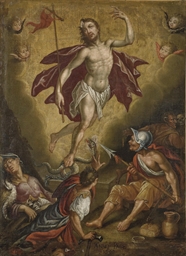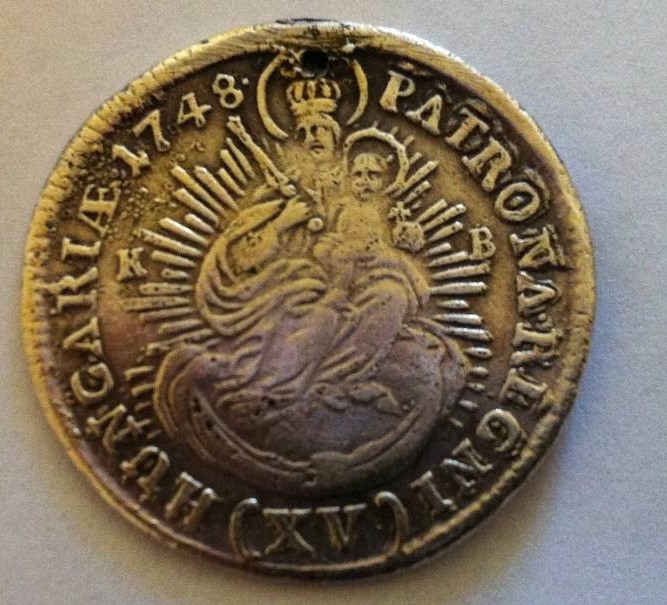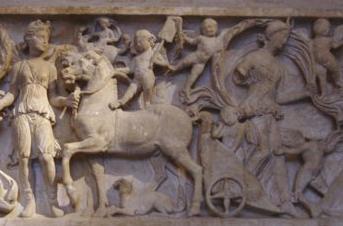






 *i am the original and only iris.
*i am the original and only iris.


 I am the original and only iris
I am the original and only iris
A SEXUALLY-BROKEN HYMEN IS NOT ALLOWED.
*I AM REPRESNTED BY:THE ROSE.
*I AM LIKENED UNTO:MARY MAGDELENE.

A SEXUALLY-BROKEN HYMEN IS NOT ALLOWED.
*I AM REPRESNTED BY:THE ROSE.
*I AM LIKENED UNTO:MARY MAGDELENE.
Earthquakes Ciburial..."*NO.TO ANY:CHRIST IRIS BURIAL IRIS NOAH DOOR NOAH
EVE II SION:SAVIOUR IRIS OMEGA NOAH ALPHA:*GOD TOLD U THAT I AM NOT DEAD, *AND THAT I WILL NOT EVER BE DEAD AS WHO IAM ETERNALLY SEALED IN AS. *TIMES EVERY DIRECTION AND EVERY PLACE. *TIMES INFINITY.

A SEXUALLY-BROKEN HYMEN IS NOT ALLOWED.
*I AM REPRESNTED BY:THE ROSE.
*I AM LIKENED UNTO:MARY MAGDELENE.
Earthquakes Ciburial..."*NO.TO ANY:CHRIST IRIS BURIAL IRIS NOAH DOOR NOAH
EVE II SION:SAVIOUR IRIS OMEGA NOAH ALPHA:*GOD TOLD U THAT I AM NOT DEAD, *AND THAT I WILL NOT EVER BE DEAD AS WHO IAM ETERNALLY SEALED IN AS. *TIMES EVERY DIRECTION AND EVERY PLACE. *TIMES INFINITY.












The etymology of Selene is uncertain, but if the name is of Greek origin, it is likely connected to the word selas (σέλας), meaning "light".[6]
Just as Helios, from his identification with Apollo, is called Phoebus ("bright"), Selene, from her identification with Artemis, is also commonly referred to by the epithet Phoebe (feminine form).[7] The original Phoebe of Greek mythology is Selene's aunt, the Titaness mother of Leto and Asteria, and grandmother of Apollo, Artemis, and Hecate. Also from Artemis, Selene was sometimes called "Cynthia".[8]
Selene was also called Mene (Ancient Greek: Μήνη).[9] The word men (feminine mene), meant the moon, and the lunar month. It was also the name of the Phrygian moon-god Men.[10]
Philologist Max Müller's interpretation of solar mythology as it related to Selene and Endymion concluded that the myth was a narrativized version of linguistic terminology. Because the Greek endyein meant "to dive," the name Endymion ("Diver") at first simply described the process of the setting sun "diving" into the sea. In this case, the story of Selene embracing Endymion, or Moon embraces Diver, refers to the sun setting and the moon rising.[11]
The usual account of Selene's origin is given by Hesiod. In the Theogony, the sun-god Hyperion espoused his sister Theia, who gave birth to "great Helios and clear Selene and Eos who shines upon all that are on earth and upon the deathless Gods who live in the wide heaven".[12] The Homeric Hymn to Helios follows this tradition: "Hyperion wedded glorious Euryphaëssa, his own sister, who bare him lovely children, rosy-armed Eos and rich-tressed Selene and tireless Helios."[13] Here Euryphaëssa ("wide-shining") is probably an epithet of Theia.[14]
Other accounts[15] make Selene the daughter of Pallas, the son of Megamedes (possibly identified with Titan Pallas)[16] or of Helios
Like her brother Helios, the Sun god, who drives his sun chariot across the sky each day, Selene is also said to drive a chariot across the heavens.[40] The Hymn to Selene, provides a description:
The air, unlit before, glows with the light of her golden crown, and her rays beam clear, whensoever bright Selene having bathed her lovely body in the waters of Ocean, and donned her far-gleaming raiment, and yoked her strong-necked, shining team, drives on her long-maned horses at full speed, at eventime in the mid-month: then her great orbit is full and then her beams shine brightest as she increases. So she is a sure token and a sign to mortal men.[41]
The earliest known depiction of Selene driving a chariot is inside an early 5th century BC red-figure cup attributed to the Brygos Painter, showing Selene plunging her chariot, drawn by two winged horses, into the sea.[42] Though the moon chariot is often described as being silver,[43] for Pindar it was golden.[44] While the sun chariot has four horses, Selene's usually has two,[45] described as "snow-white" by Ovid.[46] In some cases the chariot was drawn by oxen or bulls.[47]











No comments:
Post a Comment
Note: Only a member of this blog may post a comment.